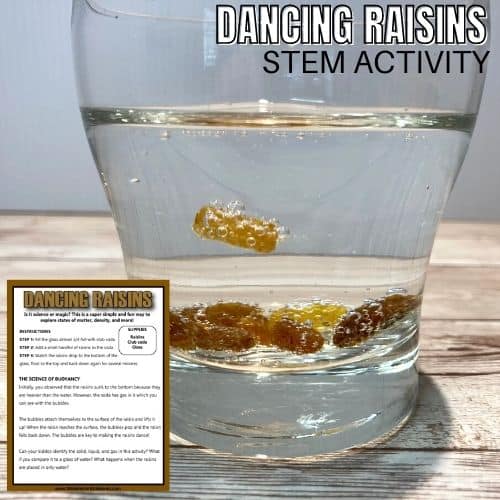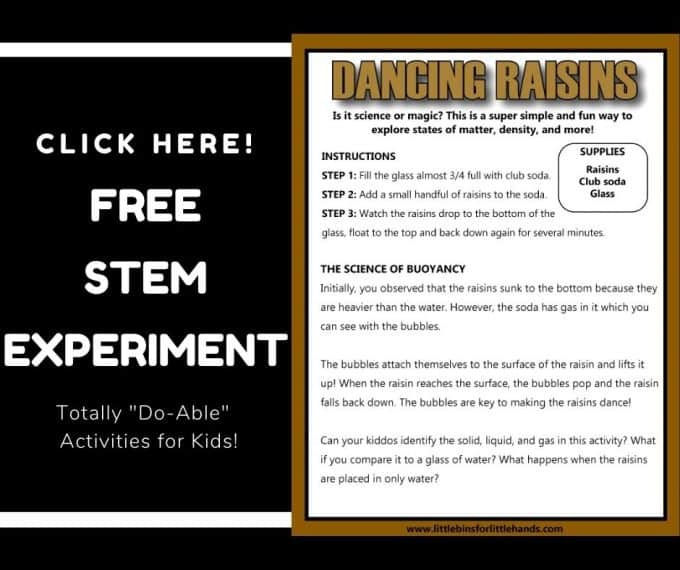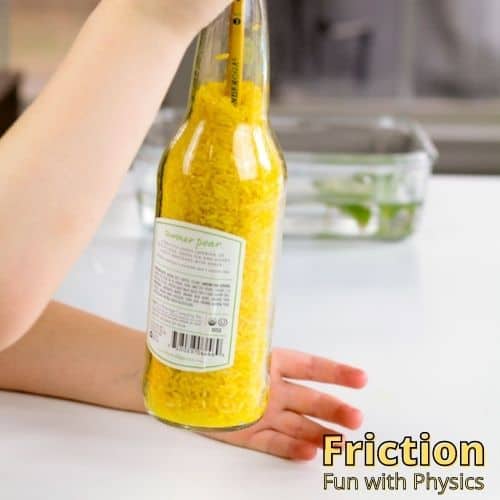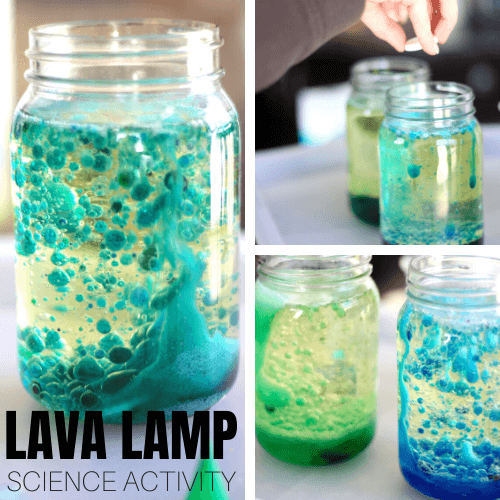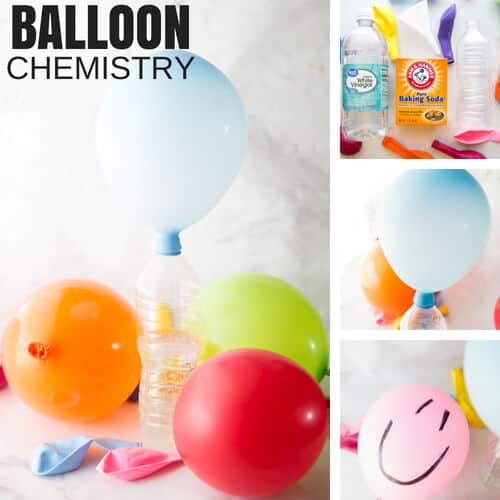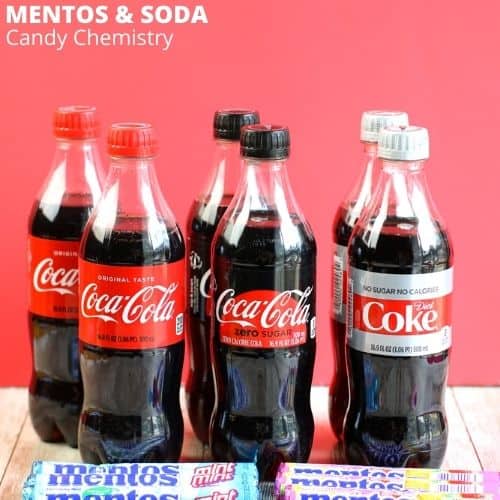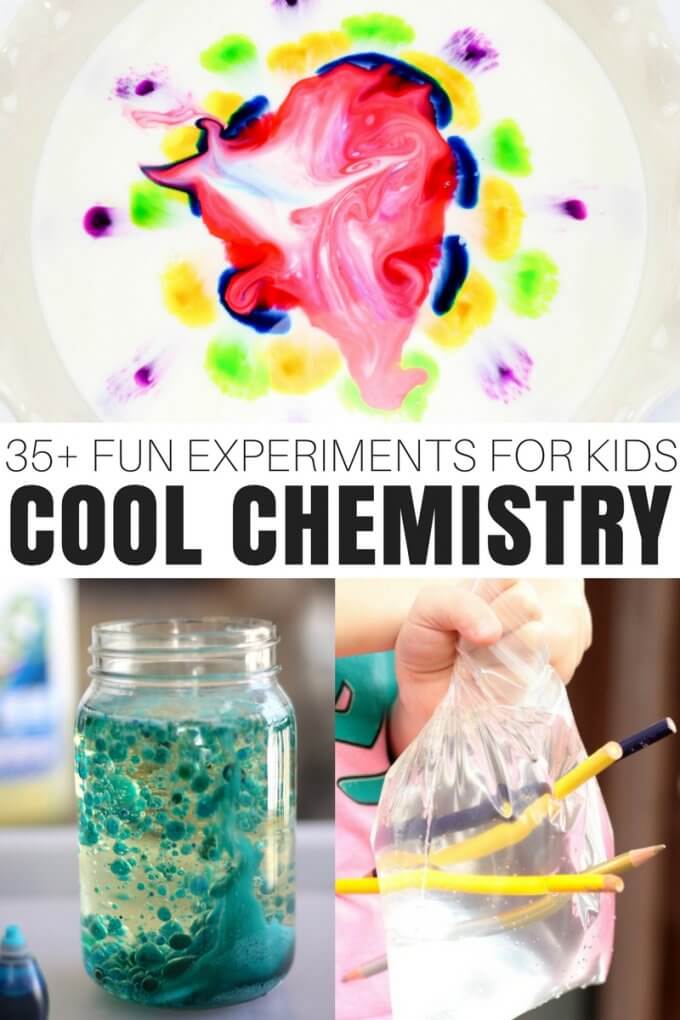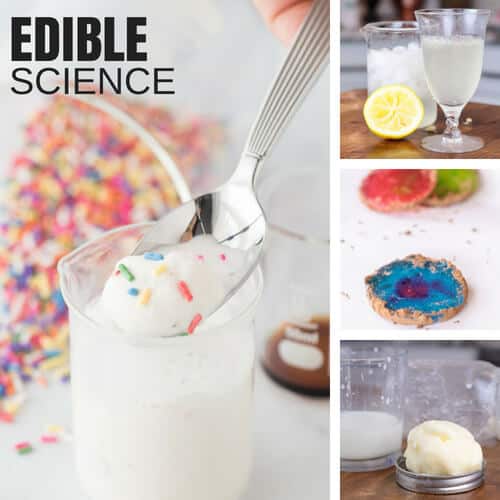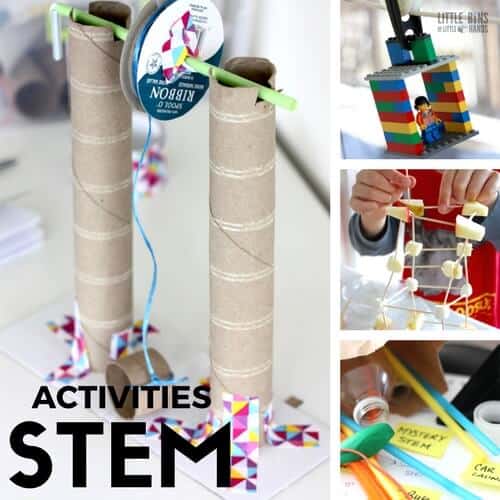Is it science or magic? This is a super simple and fun way to explore states of matter, density, and more for preschoolers and elementary kids! There are two great ways to set up this easy science experiment that cause the raisins to dance but use slightly different ingredients. Let’s get into some simple kitchen science and find out!
CAN YOU MAKE RAISINS DANCE?
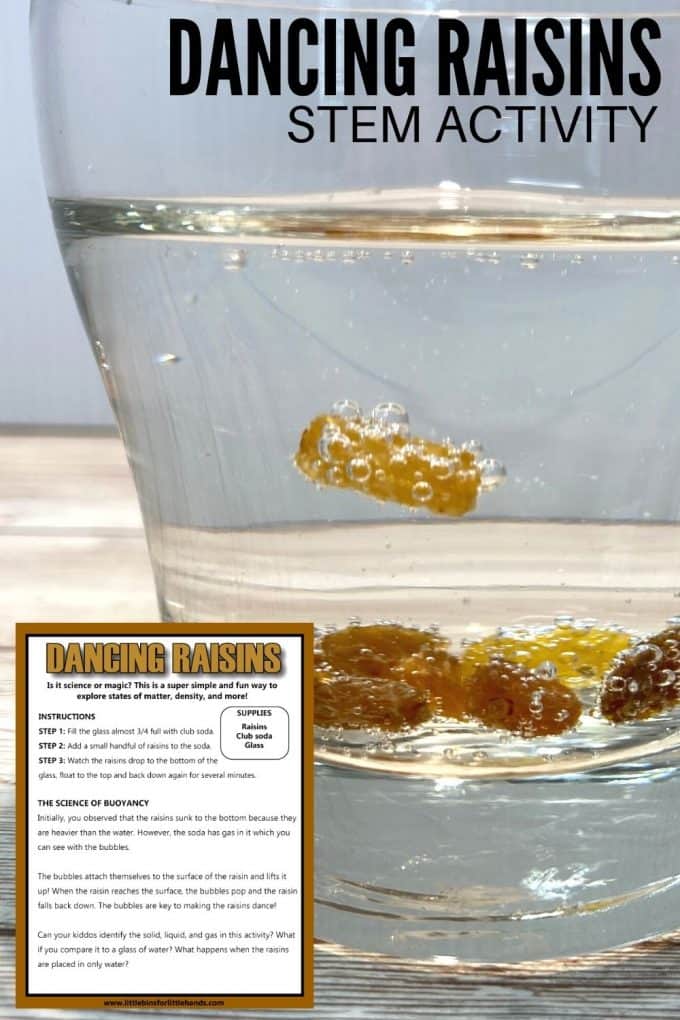
SCIENCE FOR PRESCHOOLERS
Our favorite preschool science activities are inexpensive, quick and easy to set up! Many of these awesome experiments use common ingredients you may already have. Just check your kitchen cupboard for cool science supplies.
You will notice that I use the wording preschool science but our science activities and experiments are absolutely perfect for kindergarten age kids as well as early elementary age kids. It all depends on the individual kid or group you are working with! You can also add more or less of the science information depending on the age level.
You can even try this with cranberries, grains of salt, and even popping corn. If you don’t have a soda, you can also use baking soda and vinegar as seen here. Or why not turn this experiment into a dancing raisins science project!
YOU MAY ALSO LIKE: Easy Science Fair Projects
CLICK HERE TO GET YOUR FREE DANCING RAISINS PROJECT!
DANCING RAISINS EXPERIMENT
YOU WILL NEED:
- Clear glass
- Raisins
- Club Soda or Clear Soda
NOTE: Club sodas can differ in reaction amounts so you might want to grab a clear soda such as Sprite too. Comparing several types of sodas would make a great experiment for making predictions.
INSTRUCTIONS
STEP 1. Fill the glass almost 3/4 full with club soda.
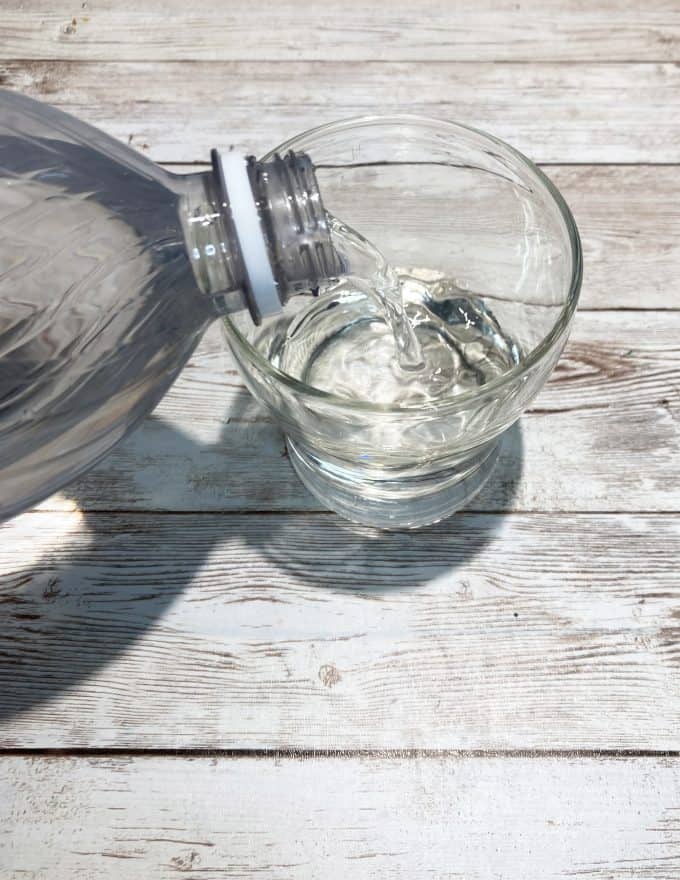
STEP 2. Add a small handful of raisins to the soda.
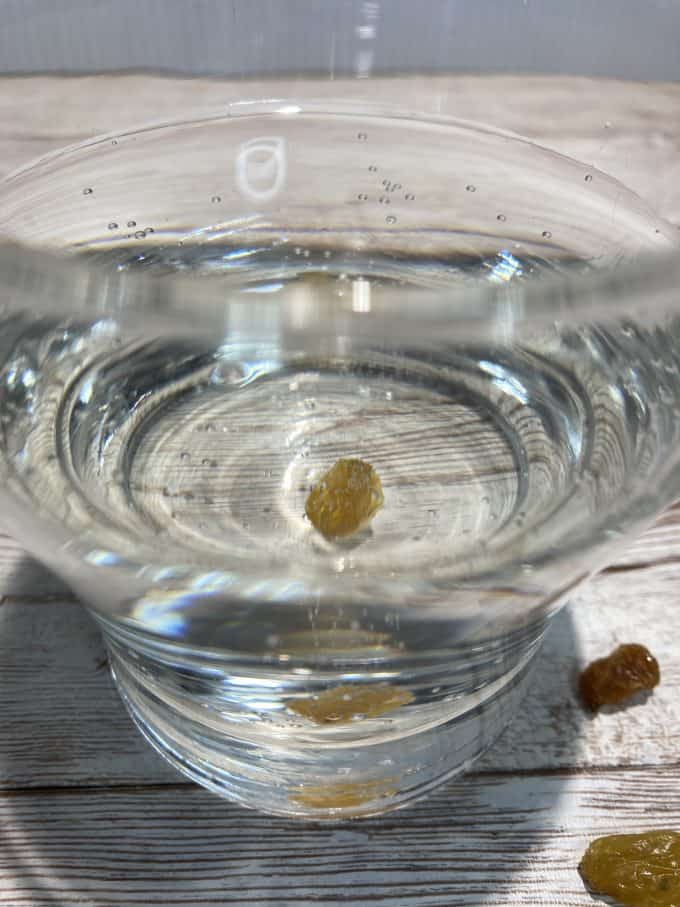
STEP 3. Watch what happens to the raisins. You will see them drop to the bottom of the glass, float to the top and back down again.
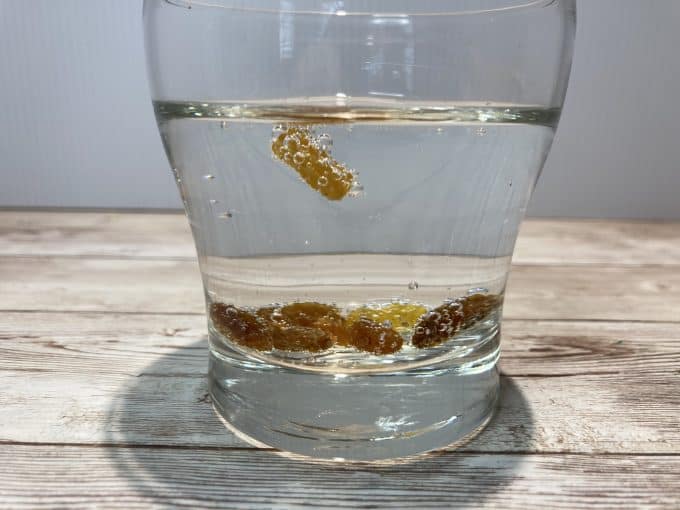
THE SCIENCE OF DANCING RAISINS
First, what is buoyancy? Buoyancy refers to the tendency of something to sink or float in a liquid like water. Can you change the buoyancy of something? Yes, you can! Initially, you observed that the raisins sunk to the bottom because they are heavier than the water. However, the soda has gas in it which you can see with the bubbles.
The bubbles attach themselves to the surface of the raisins and lift them up! When a raisin reaches the surface, the bubbles pop and the raisin falls back down. You do have to be a little patient at times to observe this happening. The bubbles are key to making the raisins dance!
You can create your own gas with a baking soda and vinegar experiment that we tried here with our dancing corn experiment. It’s also quite fun to watch.
Can your kiddos identify the solid, liquid, and gas in this activity? What if you compare it to a glass of water? What happens when the raisins are placed in only water? Make it even more of an experiment by testing out different items like we mentioned above and compare the results. Do different types of soda work differently?
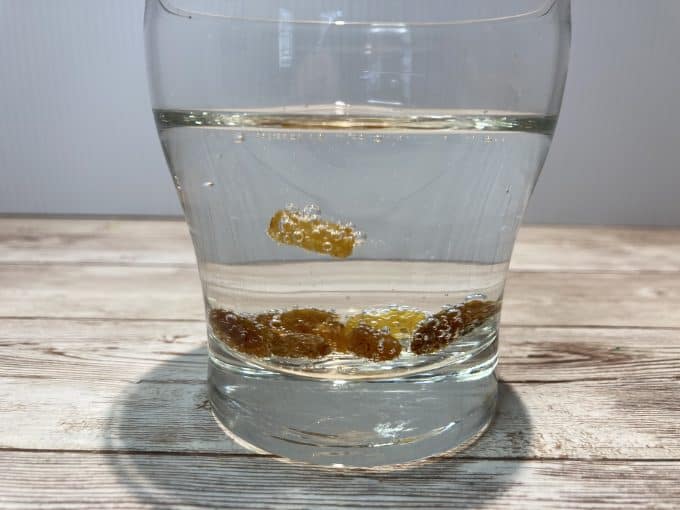
MORE FUN SCIENCE EXPERIMENTS FOR KIDS
DANCING RAISINS EXPERIMENT FOR SIMPLE SCIENCE
Click on the image below or on the link for more fun chemistry experiments for kids.


